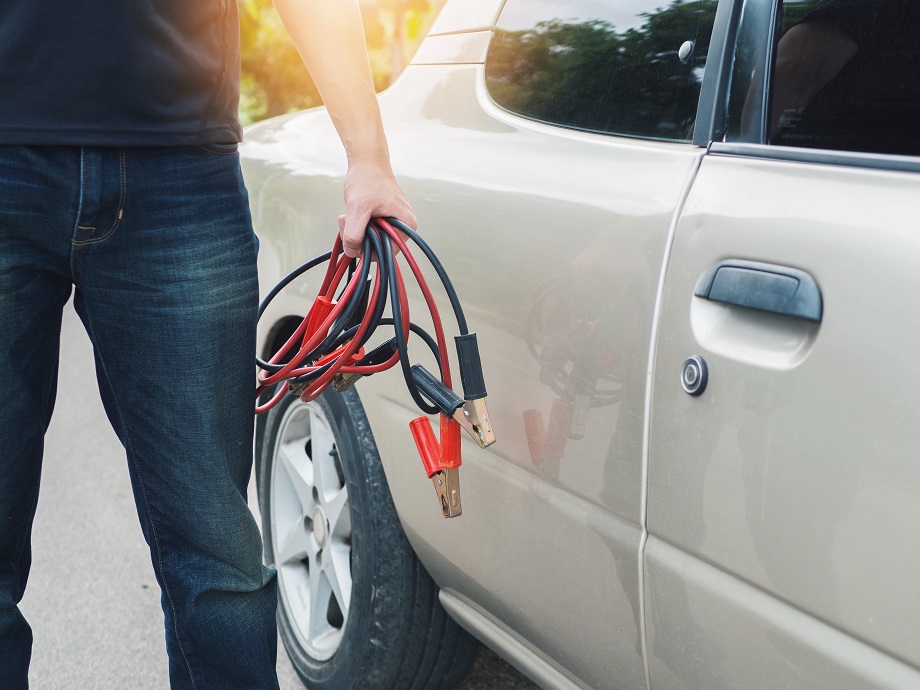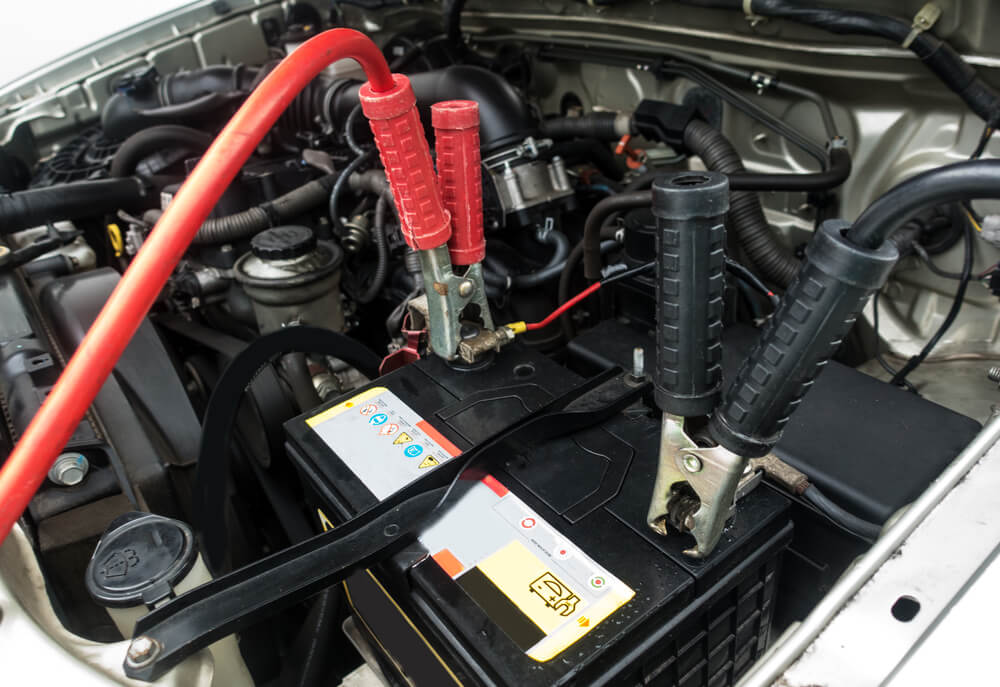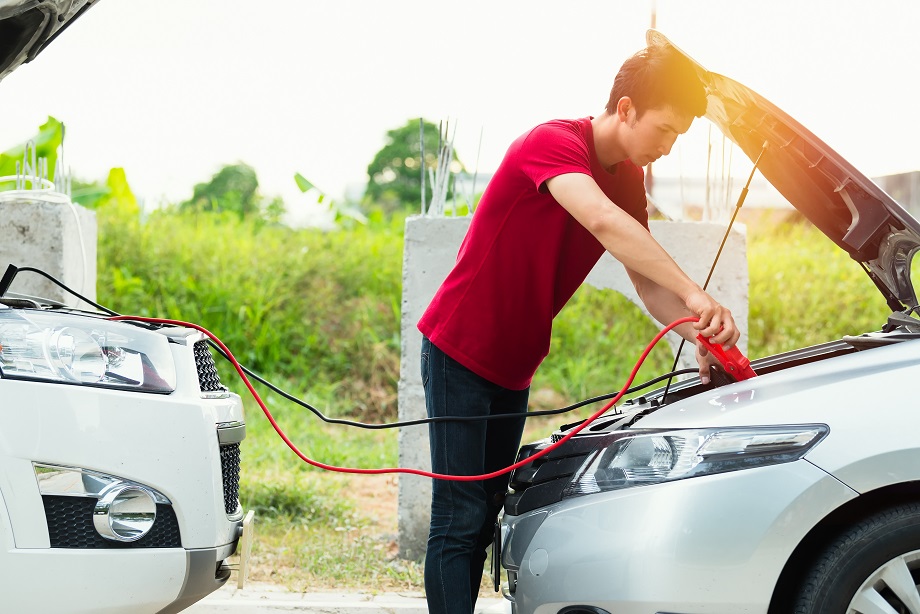 Written by Andrei Zakhareuski. With over 16 years of expertise, Andrei leads Driving-Tests.org, a top online resource for driver education. His leadership has established vital partnerships with over 2,600 libraries, educational bodies, and state agencies.
Written by Andrei Zakhareuski. With over 16 years of expertise, Andrei leads Driving-Tests.org, a top online resource for driver education. His leadership has established vital partnerships with over 2,600 libraries, educational bodies, and state agencies.
Understanding the Mechanics of Jump-Starting a Car
Jump-starting a car involves using another power source to revive a dead battery. It’s essentially a temporary connection to another car or external power source, allowing the dead battery to draw enough current to start the engine. Once the engine is running, the car’s alternator begins recharging the dead battery.
The Essentials of Jump-Starting
- Preparation
- Safety
- Process
Ensure you have quality jumper cables and a power source, either a portable jump battery or another vehicle with a good battery.

Step-by-Step Guide to Jump-Starting Your Car
1
Locate a Car with a Good Battery
Find a functioning vehicle with a healthy battery. Most drivers are willing to assist in such situations.


2
Position the Vehicles
Align the vehicles so that their batteries are within reach of each other. Ensure both cars are off before connecting cables.
3
Connect the Jumper Cables
Attach the cables in the correct order, as detailed in the following steps.
4
Start the Donor Car
Turn on the engine of the car with the good battery and let it idle.
5
Attempt to Start Your Engine
Try to start your car. If it doesn’t start after a few tries, check the troubleshooting section below.
6
Remove the Cables and Thank the Helper
Once your car starts, carefully remove the cables in reverse order and thank the other driver.


Troubleshooting Common Issues
Car Doesn't Start After Several Attempts
Car Doesn't Start After Several Attempts
Check the connections and ensure the cables are securely attached. If it still doesn’t start, your battery might need replacement.
Sparks When Connecting Cables
Sparks When Connecting Cables
Immediately disconnect and ensure you’re attaching the cables to the correct terminals. Sparks can indicate a wrong connection.
Battery Seems Fine But Car Won't Start
Battery Seems Fine But Car Won't Start
It might be an issue with the starter motor or another component. Consider seeking professional help.
Maintaining Your Car Battery
Selecting and Storing Jumper Cables
| Feature | Recommendation |
|---|---|
| Cable Thickness | Choose cables with a thicker gauge for efficiency |
| Length | Longer cables offer more flexibility in positioning cars |
| Clamps | Ensure they have a firm grip and are corrosion-resistant |
| Storage | Keep them in a dry place, preferably in a bag in your trunk |